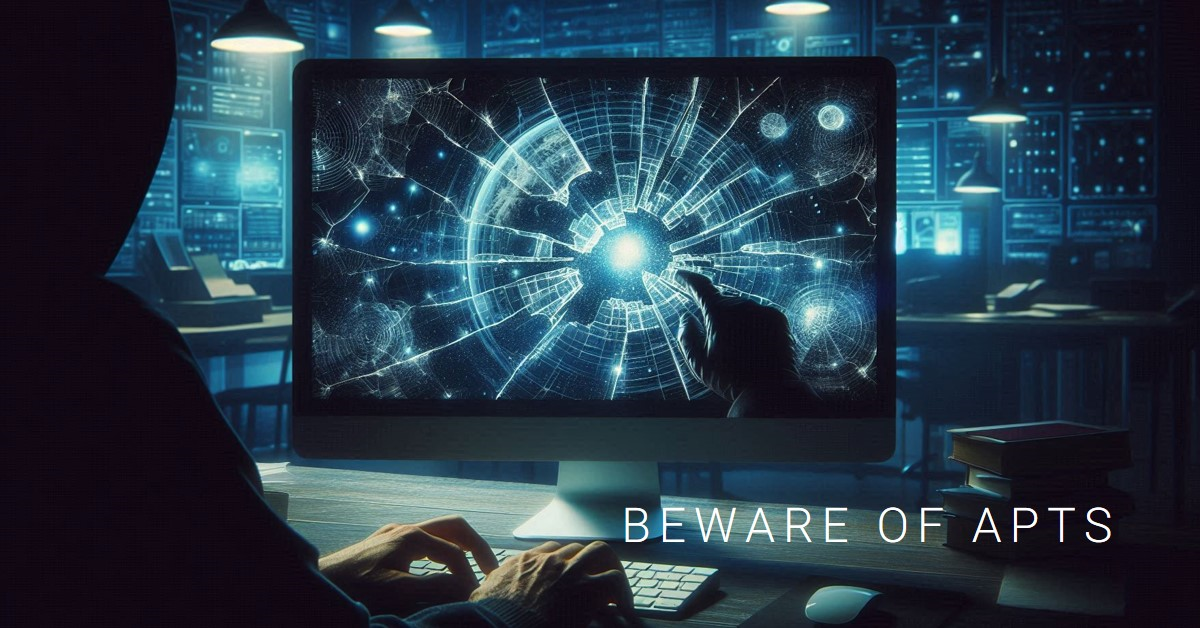Introduction to AI Image Generators
AI image generators are advanced software systems that use artificial intelligence algorithms to create, edit, or manipulate visual content. These tools can produce entirely new images from text descriptions, modify existing images, or even generate photorealistic content that has never existed before.
How they work: AI image generators typically use deep learning models, particularly neural networks, trained on vast datasets of images. These models learn patterns and features from the training data, allowing them to generate new images that share similar characteristics.
Underlying technologies:
- Deep Learning: A subset of machine learning that uses multi-layered neural networks to process and learn from data.
- Neural Networks: Algorithms inspired by the human brain, composed of interconnected nodes (neurons) that process and transmit information.
- Generative Models: AI systems designed to create new data instances rather than just classify or predict existing ones.
Impact on various fields:
- Art: AI-generated art has emerged as a new medium, challenging traditional notions of creativity and authorship.
- Design: Designers can rapidly prototype ideas and generate inspiration using AI tools.
- Content Creation: Marketing and media industries use AI generators to produce unique visuals quickly and cost-effectively.
- Entertainment: Film and gaming industries utilize AI for concept art, character designs, and even generating entire virtual environments.
Top AI Image Generators in 2024
Let’s compare some popular AI image generator tools:
a) GANs (Generative Adversarial Networks)
Architecture: GANs consist of two neural networks – a generator and a discriminator – that compete against each other. The generator creates images, while the discriminator tries to distinguish real images from generated ones.
Applications:
- Creating realistic photographs of non-existent people
- Generating artwork in various styles
- Data augmentation for machine learning training
Pros:
- Can produce highly realistic images
- Versatile applications across many domains
Cons:
- Can be unstable during training
- May require significant computational resources
b) StyleGAN
StyleGAN is an advanced type of GAN architecture developed by NVIDIA.
Key features:
- Separates high-level attributes from stochastic variation
- Enables fine control over generated image style
Applications:
- Creating lifelike human faces
- Generating diverse images in specific styles
Pros:
- Produces extremely high-quality, realistic images
- Allows for precise control over image attributes
Cons:
- Primarily focused on face generation (though adaptable)
- Computationally intensive
c) DALL-E
DALL-E is an AI model developed by OpenAI that generates images from text descriptions.
Key features:
- Combines natural language processing with image generation
- Can create highly creative and conceptual images
Applications:
- Illustrating abstract concepts
- Rapid prototyping for designers
- Creating unique marketing visuals
Pros:
- Impressive ability to interpret and visualize text descriptions
- Generates a wide variety of image styles and concepts
Cons:
- Output quality can be inconsistent
- May struggle with very specific or complex requests
d) Deep Dream
Deep Dream is a computer vision program created by Google that uses neural networks to find and enhance patterns in images.
Key features:
- Creates dreamlike, surreal versions of input images
- Reveals the patterns and features neural networks detect in images
Applications:
- Artistic image manipulation
- Visualizing how neural networks process images
Pros:
- Produces unique, psychedelic imagery
- Helps in understanding neural network perception
Cons:
- Limited practical applications beyond artistic use
- Less control over specific output compared to other tools
Each of these AI image generators has its strengths and ideal use cases. The choice of tool would depend on the specific requirements of a project, such as the desired level of realism, the need for text-to-image capabilities, or the artistic style sought.
Creative Uses of AI-Generated Images
AI-generated art has opened up new possibilities for artists, designers, and content creators. Here’s how different fields are leveraging this technology:
Digital Art:
- AI-generated paintings: Artists use tools like GANs to create unique artworks that blend different styles or create entirely new aesthetics.
- Illustrations: AI assists in generating concept art, character designs, and backgrounds for games, films, and graphic novels.
- Abstract compositions: AI excels at creating complex, abstract patterns and compositions that can be used as standalone art or as elements in larger works.
Fashion Design:
- AI tools generate novel clothing designs by combining elements from existing styles or by interpreting text descriptions.
- Pattern creation: AI algorithms create unique textile patterns, potentially revolutionizing fabric design.
- Virtual try-ons: AI-generated images allow customers to see how clothing might look on different body types.
Logo Design:
- AI tools can rapidly generate multiple logo concepts based on input parameters like company name, industry, and desired style.
- These tools often provide variations on themes, allowing designers to explore a wide range of options quickly.
Collaboration with Humans:
- Artists use AI as a co-creator, generating initial ideas or elements that the artist then refines or incorporates into larger works.
- In music videos and live performances, AI-generated visuals respond in real-time to audio input, creating dynamic, interactive experiences.
- Writers and illustrators use AI image generators to visualize scenes or characters from their stories, aiding the creative process.
Ethical Considerations
The rise of AI image generation brings several important ethical considerations:
Bias and Representation:
- Training data bias: If the datasets used to train AI models lack diversity, the generated images may perpetuate or amplify existing biases in representation.
- Stereotyping: AI might inadvertently reinforce stereotypes in its outputs, particularly regarding race, gender, or cultural representations.
- Mitigation strategies: Developers need to carefully curate diverse, representative datasets and implement bias detection and correction mechanisms.
Ownership and Copyright:
- Legal ambiguity: Current copyright laws weren’t designed with AI-generated art in mind, creating uncertainty about ownership.
- Attribution questions: When an AI generates an image based on an artist’s style, it raises questions about appropriate attribution and compensation.
- Licensing concerns: The use of copyrighted images in training datasets may lead to legal challenges regarding the outputs of AI models.
Deepfakes:
- Misinformation risks: AI-generated images can be used to create convincing fake photographs or videos, potentially spreading misinformation.
- Identity theft: There’s a risk of misuse for creating fake profiles or impersonating individuals online.
- Consent issues: Deepfakes raise concerns about consent, particularly when used to create explicit content without an individual’s permission.
Transparency:
- Disclosure: There’s a growing call for clear labeling of AI-generated content to maintain transparency with audiences.
- Authenticity concerns: As AI-generated images become more realistic, distinguishing between human-created and AI-generated content becomes more challenging.
- Education: There’s a need for public education about AI capabilities and limitations to foster informed consumption of digital content.
These ethical considerations highlight the need for ongoing dialogue between technologists, artists, ethicists, and policymakers. As AI image generation technology continues to advance, it’s crucial to develop guidelines and best practices that maximize its creative potential while mitigating potential harm.
Future Trends in AI Image Generation
Higher Resolution Outputs
The pursuit of photorealistic image generation has been a primary focus in AI research. Recent advancements in generative adversarial networks (GANs) and transformer-based models have yielded impressive results. We can anticipate further breakthroughs in the following areas:
- Super-resolution techniques: Enhancing existing images to significantly higher resolutions while preserving details.
- Large-scale dataset training: Feeding models with vast amounts of high-resolution data to improve output quality.
- Hardware acceleration: Leveraging specialized hardware like GPUs and TPUs to handle the computational demands of generating high-resolution images efficiently.
As these technologies mature, we can expect AI-generated images to become indistinguishable from photographs, opening up new possibilities for applications in film, advertising, and virtual reality. 1. The Future of AI Imaging | Artsy
Interactivity
The ability to manipulate AI-generated images in real-time is a burgeoning area of research. We can expect the following developments:
- Real-time style transfer: Instantly transforming an image into various artistic styles based on user input.
- Interactive image editing: Allowing users to modify specific elements within an image, such as changing object positions or attributes.
- Generative design tools: Enabling users to create custom designs by providing high-level descriptions or sketches.
These advancements will empower users to become active participants in the image creation process, fostering creativity and innovation.
Cross-Domain Transfer
Transferring knowledge between different domains is a key challenge in AI research. However, recent progress suggests exciting possibilities:
- Style transfer across mediums: Applying artistic styles from paintings to photographs or vice versa.
- Domain adaptation: Training models on one dataset and adapting them to generate images in a completely different domain, such as transforming natural images into medical images.
- Multimodal generation: Creating images based on text, audio, or other forms of input.
By bridging the gap between different domains, AI image generation can become a versatile tool for various applications, including art, design, and scientific visualization.
In summary, the future of AI image generation is bright, with advancements in resolution, interactivity, and cross-domain transfer promising to revolutionize the way we create and interact with visual content. As these technologies continue to evolve, we can expect to see increasingly sophisticated and creative applications emerge.





